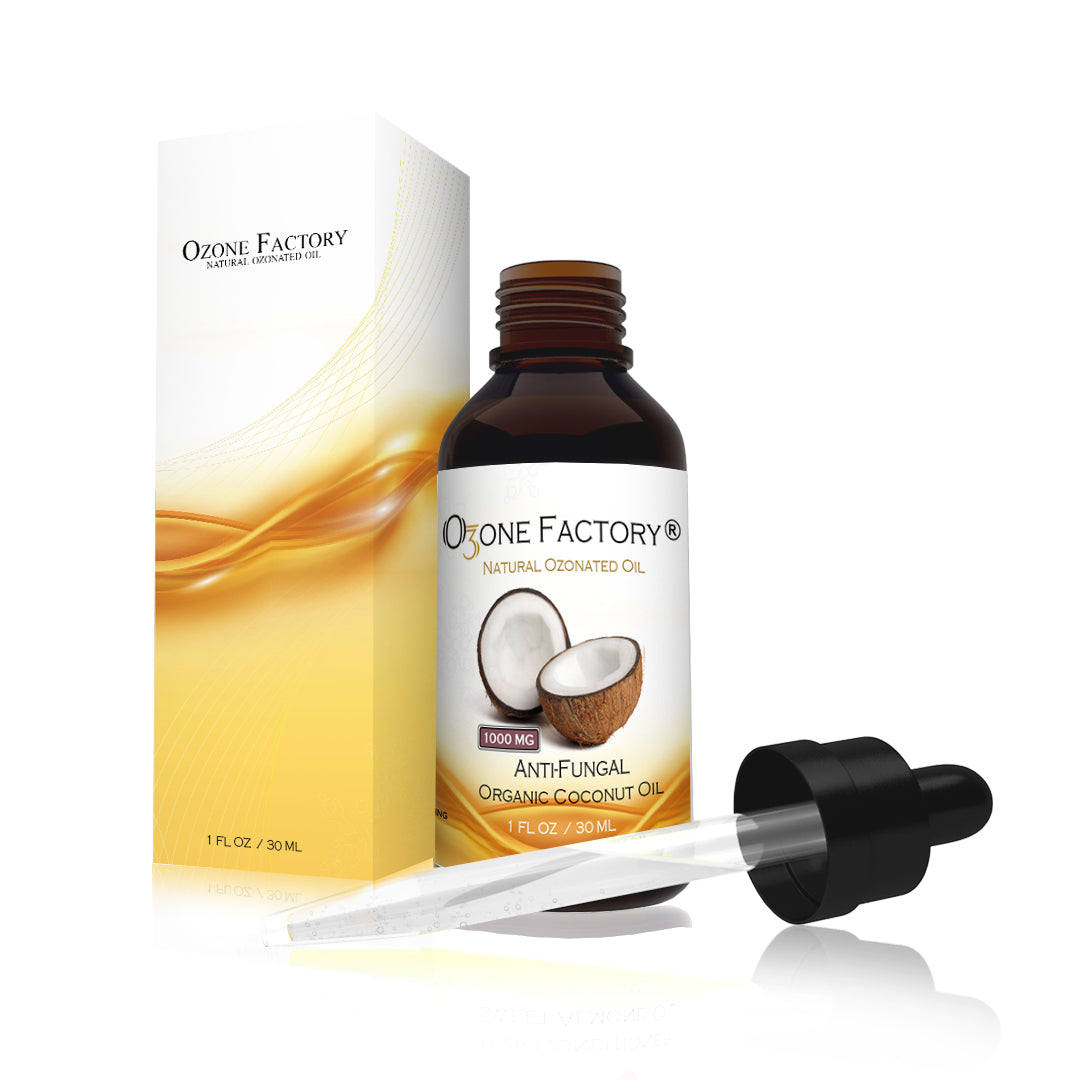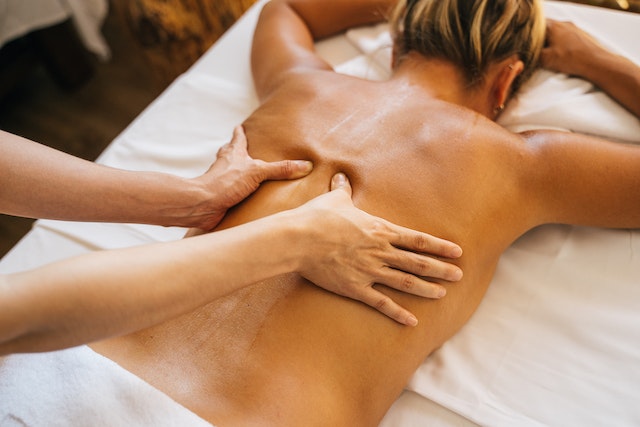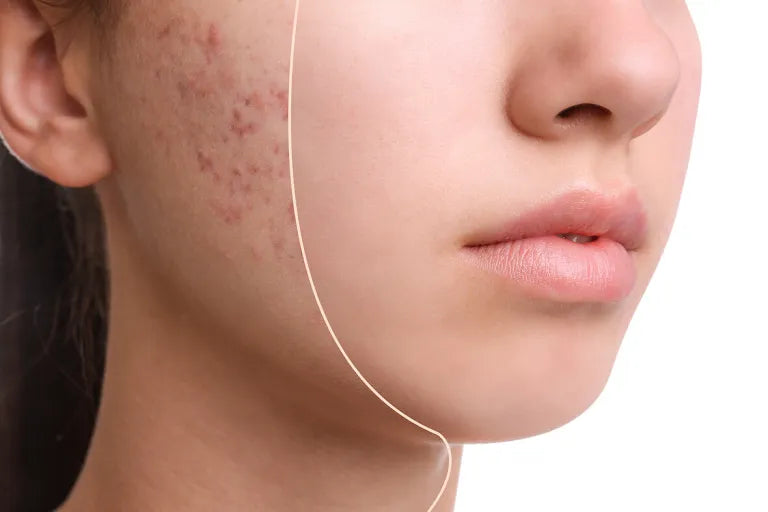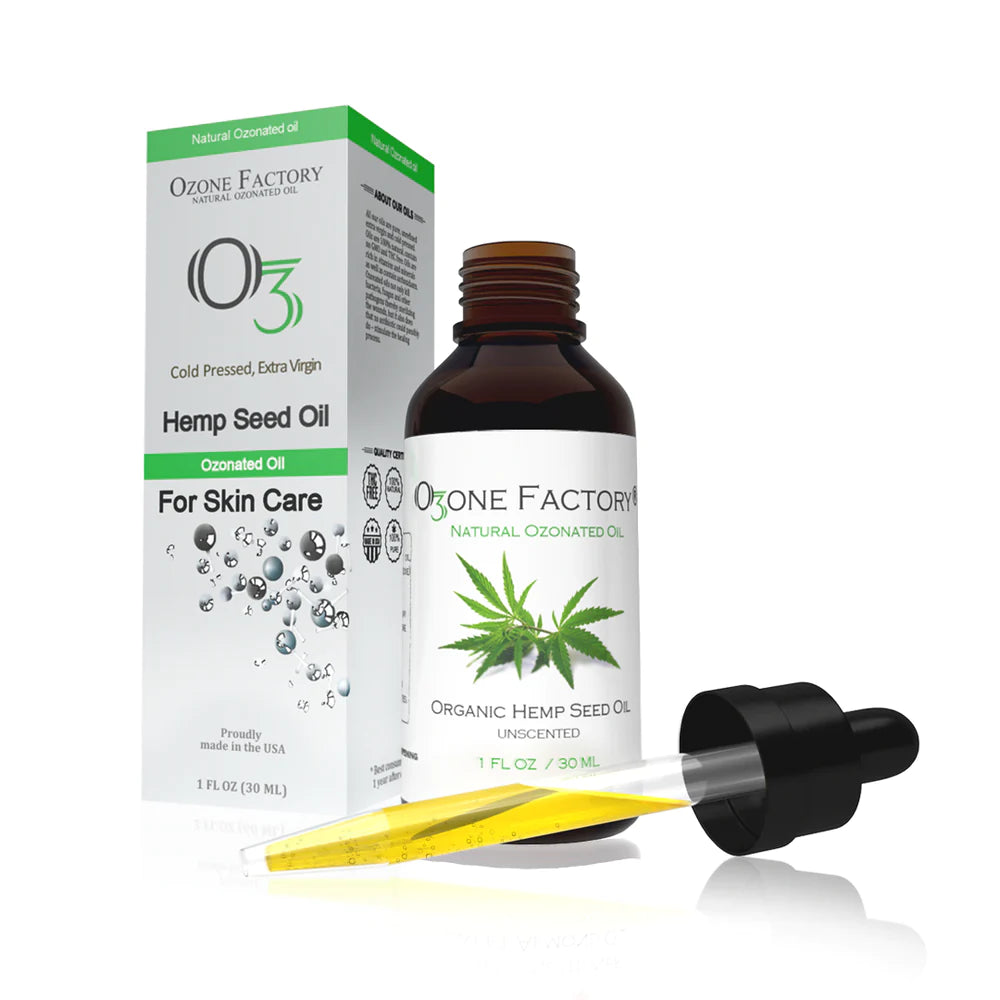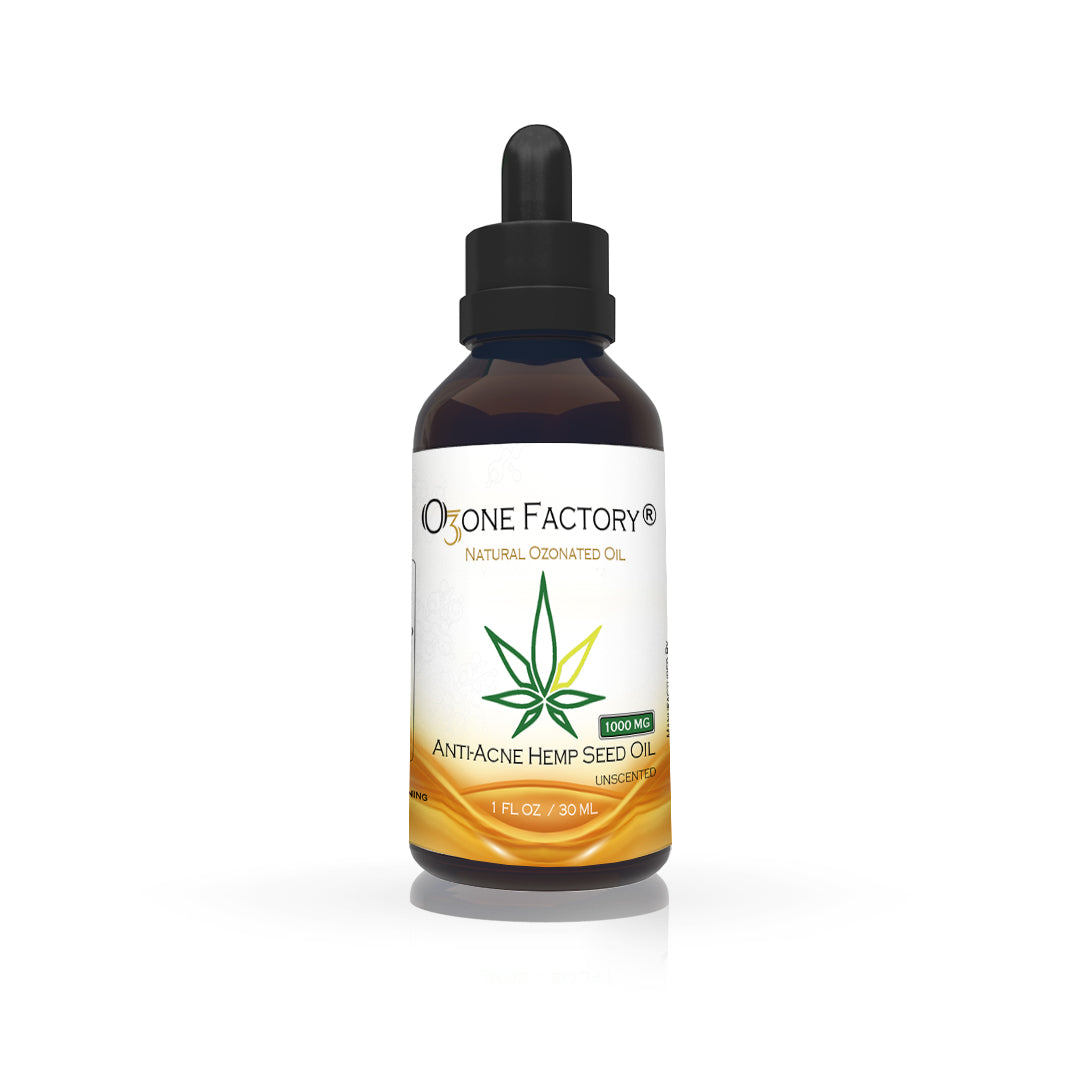
Aging makes skin more susceptible to dryness. Dry skin in older adults can be simply a sign of age-related skin changes or signify underlying medical problems. Because dry skin can lead to other skin complications, it’s important to monitor carefully.
If older adults’ skin appears rough, scaly, flaky, or cracked, this can indicate xerosis, or dry skin. Although dry skin can affect anyone, it’s particularly common among older adults. Age-related dermal changes such as a thinner epidermal layer, a reduction in skin cell turnover, and the skin’s limited capacity to retain moisture contribute to xerosis. Over time, skin loses its suppleness, yet such physiological changes alone don’t determine whether a patient will develop dry skin. Other factors such as the environment, genetics, and ethnicity are also contributing factors.

Skin loses its elasticity as the production of collagen and elastin decreases. Additionally, hyaluronic acid isn’t produced at the same rate as in earlier stages of life, creating an imbalance between the production of hyaluronic acid and its breakdown by enzymes. Because of these changes, skin becomes progressively thinner, more fragile, less elastic, and drier. Even the natural oil-producing sebaceous glands gradually lose their ability to moisturize the skin. All of these physiologic changes contribute to the development of drier skin as people age, says Charles E. Crutchfield, III, MD, a clinical professor of dermatology at the University of Minnesota Medical School and medical director of Crutchfield Dermatology.
Even as early as the age of 40, the skin becomes more susceptible to drying. Lipids primarily act by preventing evaporation of the natural moisture in the skin, providing a barrier to water loss. Without adequate lipids, people simply lose too much water from the skin and it dries out, according to Jamie B. MacKelfresh, MD, an assistant professor in the dermatology department and director of the Dermatology Residency Program at Emory University School of Medicine in Atlanta.

Sweet almond ozonated oil for dry skin
Sweet almond ozonated oil is a natural moisturizer that can be used for any type of skin. It’s particularly beneficial for dry, flakey, and sensitive skin. It’s a medium to light oil that is nicely absorbed into the skin, and doesn’t leave it feeling too greasy.
Sweet almond ozonated oil can be applied directly to the skin, or made into skin serums. You can use it on every region of your body, from face to feet.
How Sweet Almond Oil Can Benefit Your Dry Skin
There are endless ways that sweet almond oznated oil can benefit your skin. Here are just a few to help you get started with your daily routine.
- Get smooth and soft skin.
- Hypoallergenic oil that is safe to use on sensitive skin.
- It’s fully absorbed and doesn’t leave a greasy, sticky feel.
- Sweet almond ozonated oil naturally contains Vitamin E so you don’t have to add extra.
- Contains anti-oxidants to fight free-radicals that can cause damage.
- Heals up damage from the sun.
- Keeps skin soft and supple for longer.
- Use the almond ozonated oil for skin whitening and to fix sun damaged patches on the skin.
- Relieve the itchiness and flakiness of eczema and psoriasis.
- Use it to relieve the discomfort of skin infections.
- Repair early signs of aging.
- Prevent and delay the signs of aging around face and neck.
- Soften fine lines and wrinkles around the eyes.
- Clean the skin by removing impurities and environmental pollutants.
- Use in replacement to foot or hand cream.
- Treat dry chapped lips.
- Soften dry elbows and knees.
- Soften calluses on overworked feet.
- Soothe a dry and itchy scalp with dandruff.



